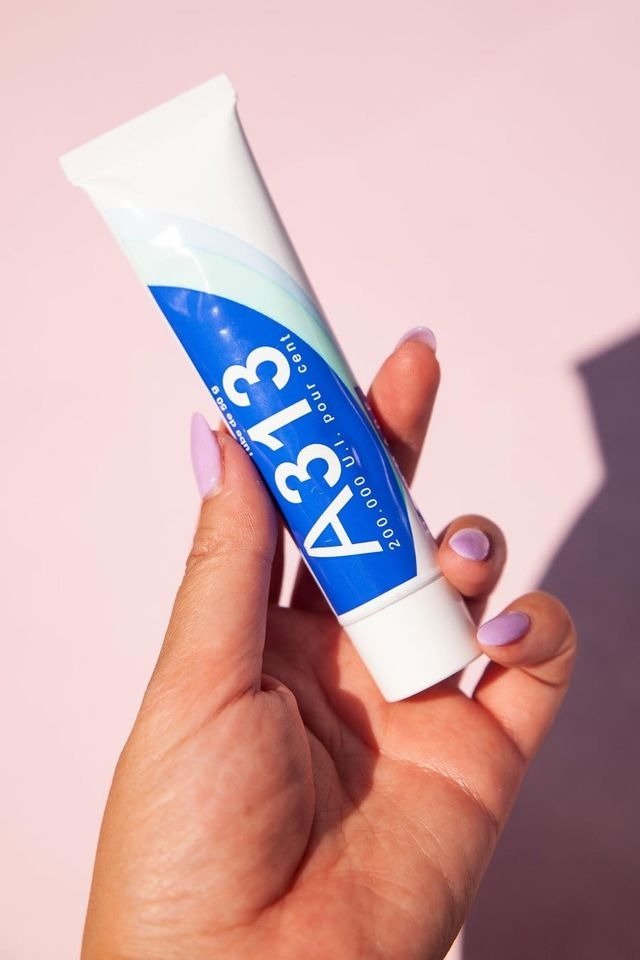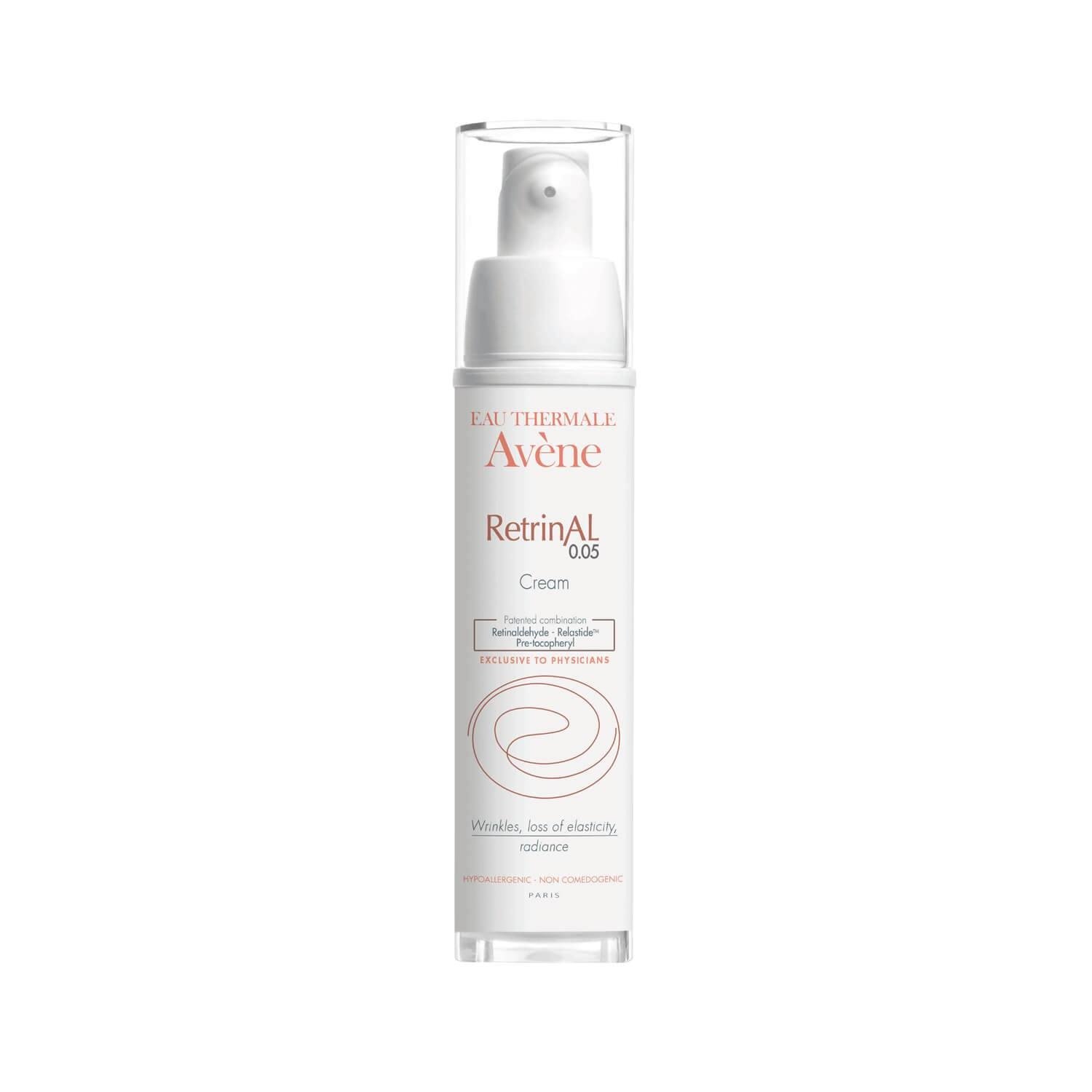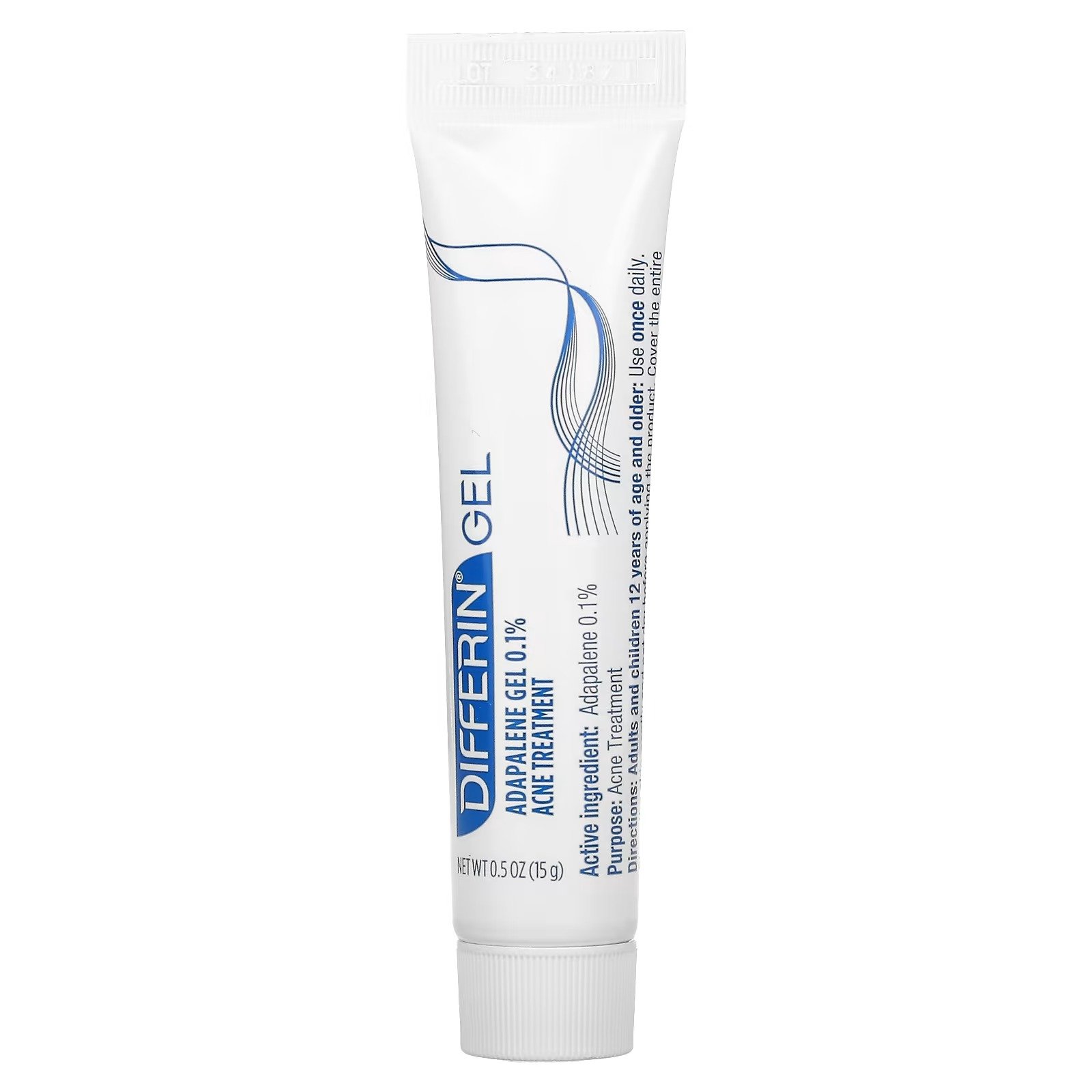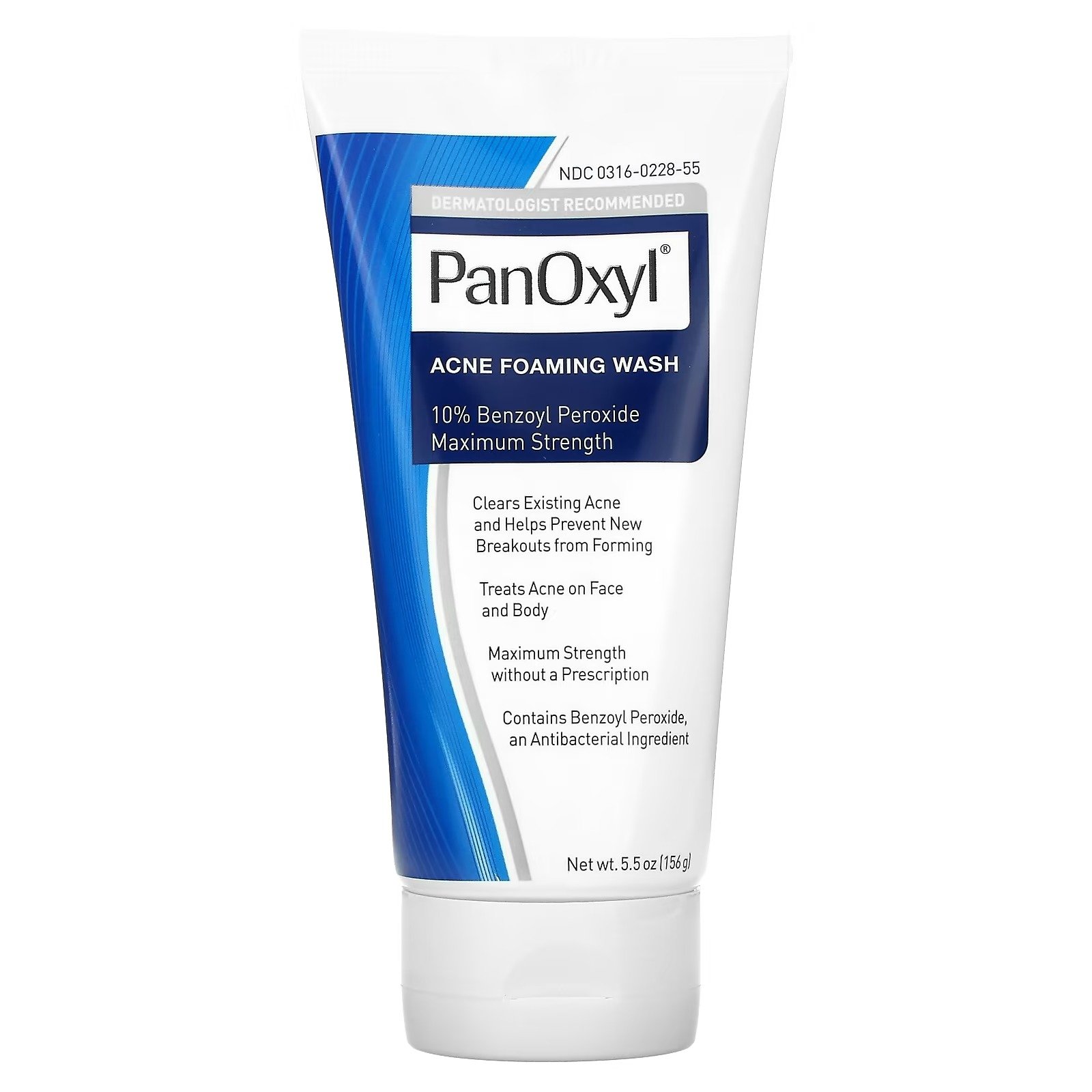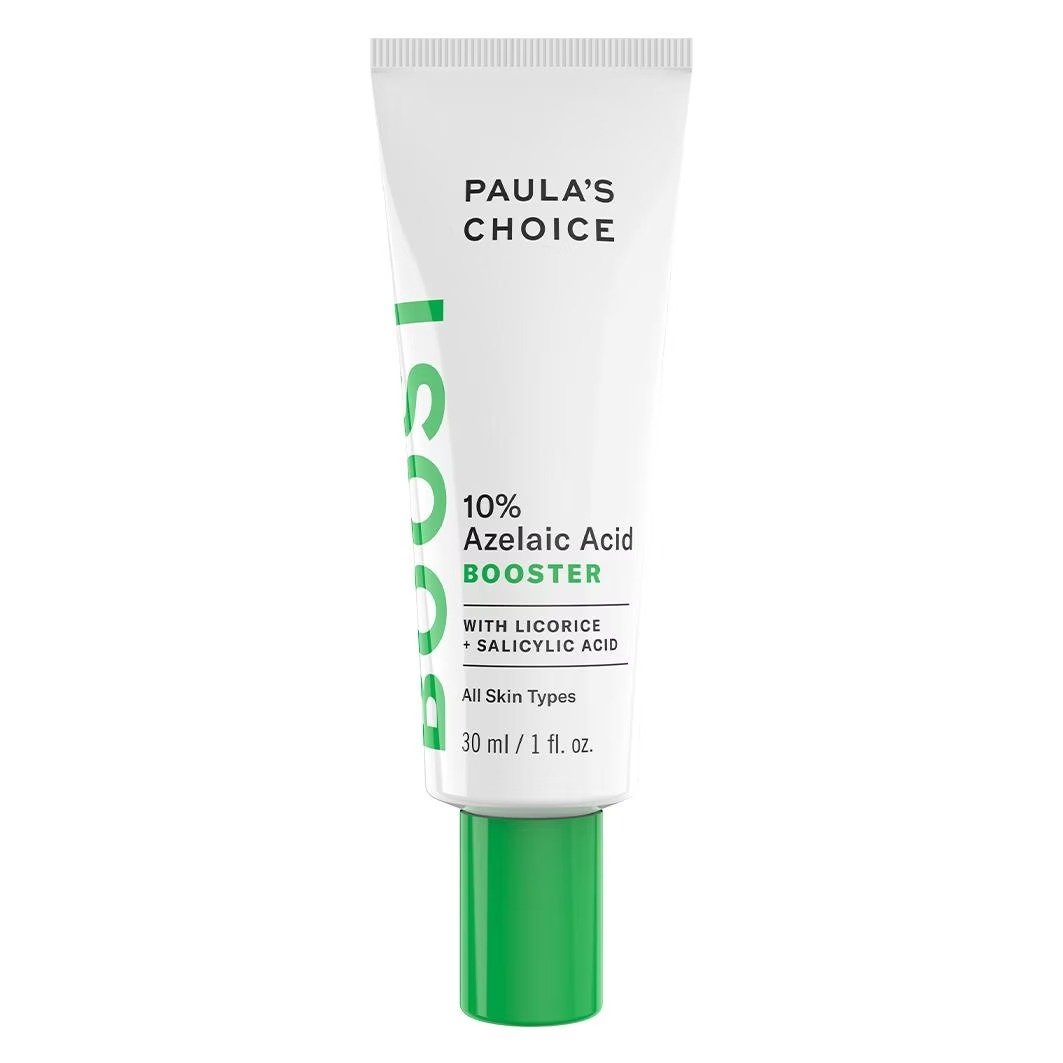Key Ingredients to Combat Acne
We're recognizing Acne Awareness Month by delving into the top five over-the-counter components crucial for dealing with acne breakouts, spots, oily skin, blackheads or whiteheads. This article is designed to provide you with the knowledge to understand and optimize your skincare routine. Do remember to subscribe, hit the like button, and share your thoughts in the comments section about topics for future weeks. Now, let's dive into retinoids, a Vitamin A derivative class.
The Power of Retinoids in Skincare
Retinols may seem familiar, but they hold a significant place in our dermatological arsenal. It's key to know their functionality, significance, and the best way to incorporate them into your skincare regimen. The discovery of Retinols can be traced back to 1971, thanks to Dr. Albert Kligman from the University of Pennsylvania. He identified that Vitamin A derivatives can significantly reduce acne production. Retinols received FDA approval for treating acne in 1975 and have been a go-to solution since then.
Retinol or retinoid functions in four ways. Firstly, they declog pores by controlling your cell turnover. Secondly, they exhibit anti-inflammatory properties that can mitigate redness and irritation. Thirdly, they regulate oil production, ensuring your skin doesn't constantly feel oily, affecting your skincare products or makeup application. Lastly, they promote skin health by encouraging fibroblasts to produce more collagen, resulting in smoother, thicker, and more even skin over time.
Retinols, although beneficial, can be somewhat complex. They are a subcategory of retinoids, all of which are Vitamin A derivatives. The active derivative is retinoic acid, also known as tretinoin or Retin-A, which is available by prescription only or over-the-counter at various strengths that convert to retinoic acid.
Beginning with Retinol Esters, these are the least potent retinoids as they need to convert into retinols, then retinal, and finally retinoic acid. Thus, they have multiple stages to pass through before they can impact your skin. Nonetheless, consistent daily usage will yield results over time. A prime example of a widely used product is A313 by the French, which is a blend of three distinct types of Retinol Esters, including Retinol Palmitate, Retinol Acetate, and Retinol Propionate. It's quite gentle, and it can offer an immediate glow, making your skin feel firm and radiant.
After Retinol Esters, we have retinols, which require two steps to convert into retinoic acid: from retinol to retinal and then to retinoic acid. They are readily available over-the-counter. If you're just starting with retinols and looking for a basic one to include in your nightly routine, I would suggest the Intensives Night Serum by L'Oréal. The dropper packaging and the runny texture could be a downside, but you only need a minimal quantity for your entire face. Begin by using it twice a week at night for a few weeks and gradually increase frequency each week.
Retinols, retinals, and their derivatives form a crucial part of skincare. Retinals transition into retinoic acids in just one step, akin to their prescription counterparts. Avène's RetrinAl 0.1%, dispensed via a pump, costs roughly $79, but its longevity and efficacy make it worth the investment. Meanwhile, Granactive Retinoids, a recent discovery, offer a stronger and faster-acting solution with less irritation, making them a great alternative for those sensitive to other forms.
Adapalene, a robust synthetic derivative, also known as Differin, is available over the counter in the U.S. Use it judiciously, as it targets only two of the three receptors that retinoic acids do, making it more suitable for acne treatment rather than anti-aging. Lastly, we have retinoic acid, the gold standard in skincare.
Benzoyl Peroxide: A Necessary Addition to Your Skincare Regimen
Now, let's discuss Benzoyl Peroxide, another must-have in your skincare regimen. Discovered in 1965 by Norman Pace, benzoyl peroxide was proven to effectively exterminate bacteria, including those causing acne. Approved by the FDA five years later, it helps reduce breakouts, unclog pores, and offers anti-inflammatory benefits.
However, be cautious when using benzoyl peroxide, as it can bleach fabrics. It is available in various forms, from cleansers to creams. Remember, more isn't necessarily better – 5% and 10% concentrations are equally efficacious. PanOxyl is a highly recommended option.
For application, cleanse your face, apply the product, let it sit for five minutes, then rinse in the shower to avoid bleaching clothes or towels. For mild acne, a spot treatment like La Roche-Posay Effaclar Duo can be applied overnight on acne spots, with caution to avoid staining non-white bed sheets.
Salicylic Acid: A Savior for Oily Skin
Salicylic acid, a potent beta-hydroxy acid, is a chemical exfoliant renowned for its transformative effects on oily skin. It penetrates deep into your pores, regulating oil production and providing thorough exfoliation. However, caution must be exercised to avoid overuse, which could exacerbate rather than alleviate oiliness. My advice is to apply it nightly on a cleansed face. A product we regularly endorse over at But More Importantly is Paula's Choice 2% BHA Toner, a cost-effective exfoliant at $35.
For those who prefer daytime application, it's crucial to abstain from night-time use to prevent inflaming the skin barrier. A lighter 0.5% salicylic acid product blended with ascorbic and ferulic acids, like SkinCeuticals' Silymarin CF, can be worn under sunscreen or makeup. Those battling stubborn oiliness under heavy makeup might find solace in Jori's Oil Control Primer, which is fortified with 2% salicylic acid.
For targeted treatment of pimples or blackheads, consider Skinfix's Acne+ 2% BHA Acne Treatement that allows precise application of salicylic acid on problem areas.
Exploring Azelaic Acid's Acne Benefits
Let's now delve into the world of azelaic acid. Unearthed in 1900 by German chemist Ferdinand Neuberg from wheat, it was subsequently found to be produced by yeast known as Malassezia furfur. This yeast is notorious for causing tinea versicolor, a condition that leads to white skin patches. Interestingly, azelaic acid can curtail pigment production, proving beneficial in managing hyperpigmentation. It also possesses antimicrobial properties, making it effective in acne management and sebum regulation. Paula's Choice offers a 10% azelaic acid booster, and Peach Slices provides a more affordable, easily spreadable formulation. The Ordinary's 10% azelaic acid suspension is another option, but these should ideally be used at night to prevent pilling under makeup.
Sulfur: An Ancient Solution for Modern Skincare
Finally, we come to sulfur, a staple in acne treatments since ancient Egypt. Despite being overshadowed by ingredients like benzoyl peroxide and salicylic acid in the 20th century, sulfur still holds its ground as an effective option for many and its merits should not be downplayed. Sulfur is a remarkable compound that combats the growth of certain skin bacteria and fungi. It also possesses anti-inflammatory properties, helping to alleviate redness, dissolve excess sebum, and regulate oil production. It's particularly beneficial for individuals with rosacea, as it reduces redness over time. However, its egg-like odor might be off-putting, a testament to the fact that everything comes with its own set of advantages and disadvantages. De La Cruz is a sulfur-based product worth considering. It's an over-the-counter solution that's budget-friendly and comes in a dense paste form. I applied it to an emerging pimple on my nose just last night, and it's barely noticeable today. InnBeauty Project's pimple paste is another alternative if you're seeking something that's travel-friendly and has a less intense scent. It contains sulfur and zinc, making it an excellent choice for those susceptible to rosacea.
So there you have it, the top ingredients for managing acne that you should explore. They're easily accessible over the counter and can help you in your fight against acne, whiteheads, blackheads, and oily skin. I'm Caolan, and I hope this article leaves you feeling confident and prepared to combat your skin issues.


